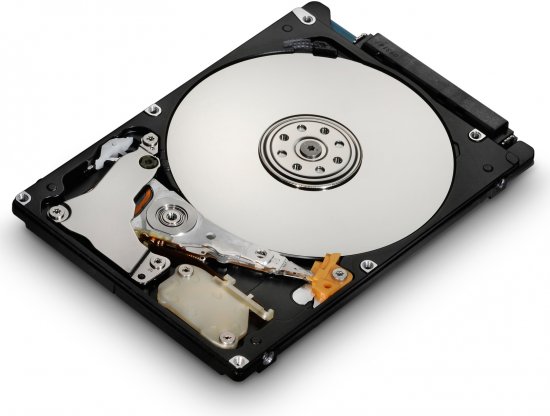
The value should be 32-bit you can force this value with the -c3 switch. How fast queries from the operating system reach the hard drive controller can be called up with hdparm -c /dev/sda As a rule, therefore, you can leave the setting at the default value. The current setting is shown with hdparm -a /dev/sdaīeyond that, many drives also possess a built-in, additional read-ahead function. Higher values speed up above all the reading of large files – at the cost, however, that reading smaller ones takes longer.

Here, the drive will read the 256 sectors in advance that are most likely the next to be requested. To define how many, use the -a switch (Figure 4, top) – for example: hdparm -a256 /dev/sdaįigure 4: Here, the read-ahead is set to 256, and acoustic management is currently deactivated. In such cases, you should reduce the number of sectors again or even turn the function off completely, which is done with: hdparm -m0 /dev/sdaīeyond this, modern drives can even retrieve a few sectors in advance (“read ahead”). This instructs the hard drive always to deliver 16 sectors at once.Ĭuriously, some hard drives run slower with higher values: The hdparm man page mentions primarily older Caviar drives from Western Digital. If that is not the case, you can increase the value with: hdparm -m16 /dev/sda This value should also be found in the same line after Current =. How many it can deliver at the same time is revealed by hdparm -I /dev/sdaĪnd is listed after R/W multiple sector transfer: Max =. To speed up data transmission, a hard disk usually reads several sectors at the same time. All functions found there and marked with an asterisk are currently active, and hdparm can use the rest or at least activate them. Just which functions hdparm can change and activate on a hard drive can be called up with hdparm -I /dev/sdaĪnd are found under Commands/features (Figure 1). Some drive properties can be changed while the device is in operation for example, most drives allow you to turn power management on and off. For a complete benchmark, however, you would also need to determine the write speed, for example. As Figure 3 shows, reading speed drops quite markedly in the outer areas of a hard disk.Īll the speed tests introduced here only give a first impression of possible problems and bottlenecks. On a 1TB hard disk, the command above would therefore deliver data from the middle of the disk. The 500 stands for the number of gigabytes to skip.
#HARD DRIVE POWER ON TIME SOFTWARE#
Hard disks, however, tend to deliver data somewhat more slowly from the outer areas of magnetic disks therefore, hdparm lets you set an offset (from software version 9.29 on): hdparm -t -direct -offset 500 /dev/sda

Hdparm always reads the data from the beginning of the storage device. At the middle of the 320GB hard drive, more speed losses are seen. For a current model, the result should reach at least 80 MBps (Figure 2).įigure 3: Without the buffer, transmission rate drops dramatically. Repeat the measurement at least three times and then calculate the average value. To receive an untainted result, no other programs should be running during the measurement, and enough main memory should be free. The speed measured is therefore somewhat faster than in actual practice. The small program reads directly from the drive for a while regardless of the filesystem. After a few seconds, the data transfer rate appears (in megabytes per second, MBps). To determine how fast a drive delivers data, use the hdparm -t /dev/sdaĬommand. If NCQ is deactivated, check the BIOS to find out whether the drive is running in AHCI mode, which is also necessary for other functions such as energy management. Ideally, this leads to an increase in speed. SSDs, on the other hand, distribute write accesses more efficiently across storage blocks. This technology makes it possible for the hard disk to sort queries from the system in such a way that the heads take the shortest possible path. On newer hard disks, you should check whether Native Command Queuing (NCQ) is to be found under Commands/features. Owners of an SSD especially can find out quickly whether they are running the current firmware version. The designation and firmware version number are always listed at the top under Model Number and Firmware Revision. The information that hdparm delivers is dependent on the device. USB-to-IDE adapters often cause problems because they do not transmit the (complete) ATA or ATAPI commands to the drive. Hdparm accepts any device as mass storage that is connected to an (E)IDE, SATA, or SAS interface, including, therefore, DVD drives and SSDs. The | more option makes sure the large amount of information does not simply rush unread through the terminal.

The tool will deliver all available data about the chosen drive – in this case, the first hard disk sda. Figure 1: Hdparm lists the hardware properties of a six-year-old hard disk with a 320GB capacity.


 0 kommentar(er)
0 kommentar(er)
